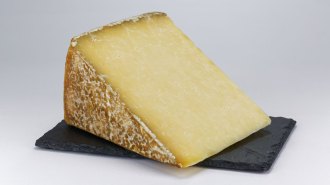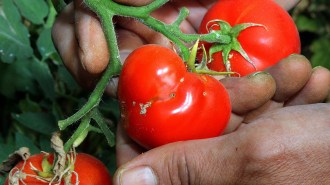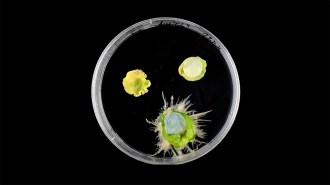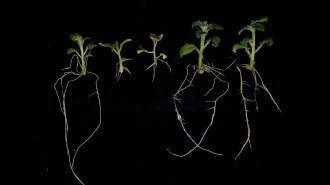50 years ago, scientists ID’d a threat to California wine country
Excerpt from the June 29, 1974 issue of Science News
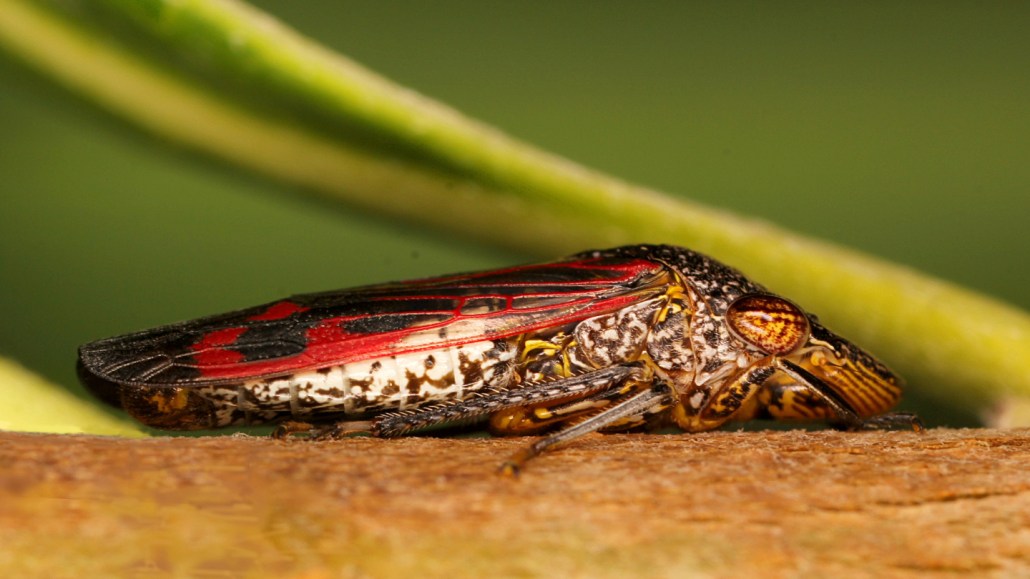
When glassy-winged sharpshooters (one shown) latch onto a healthy grapevine, they can transmit the bacterium that causes Pierce's disease. The infection prevents the plant from getting water and nutrients, and it eventually dies.
Heather Broccard-Bell/iStock/Getty Images Plus



